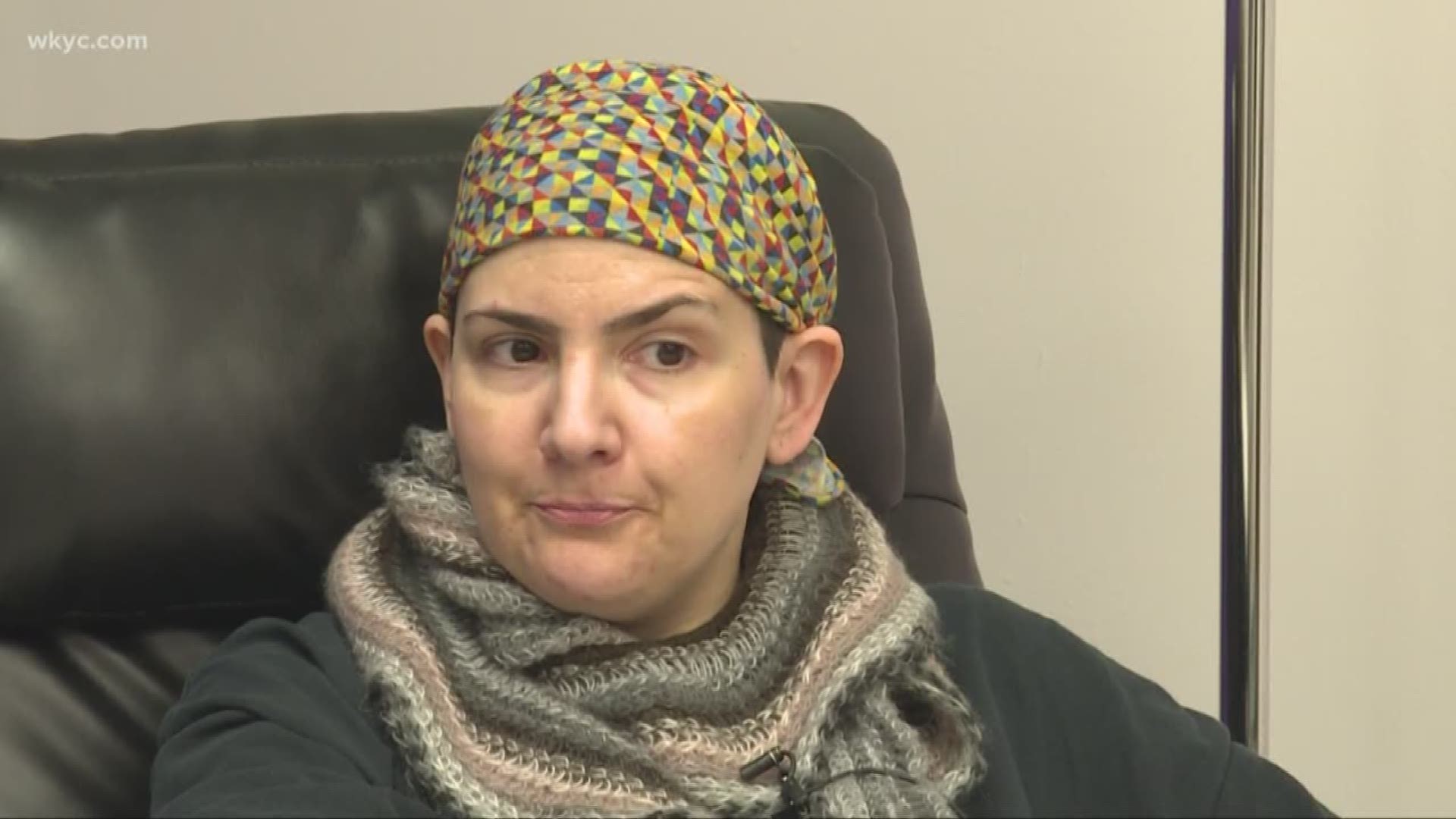COLUMBUS – It's here – Ohio's medical marijuana patient and caregiver registry has opened.
The state medical board told physicians Monday they can now register patients with one of 21 qualifying medical conditions and their caregivers through the state's online registration system.
For thousands of Ohioans, the registry opening marks the end of years of waiting for the state's medical marijuana program to start. And it means dispensaries will open soon. But when the state's first dispensaries open in the coming weeks, there won't be much marijuana on the shelves and it will go quickly.
The registry was supposed to open in July but was put on hold because state-licensed growers were still several months away from their first harvests. The Ohio Board of Pharmacy, which operates the registry, said it would not allow patients and caregivers to register any earlier than 60 days before product is available for sale.
"Industry has given us preliminary information that they anticipate medical marijuana being grown and ready for sale in the coming weeks," medical board spokeswoman Tessie Pollock said in an email.
Here's everything you need to know about the registry.
How to register
The first step is to visit one of the 336 physicians certified to recommend medical marijuana.
The physician will certify:
- there is a bona fide patient-physician relationship.
- the patient has a qualifying medical condition.
- the physician has discussed the benefits and risks of medicinal cannabis.
- the physician has reviewed the patient's records in the state's controlled substances database.
Patients can designate up to two caregivers who can buy and administer cannabis. Caregivers, who must be at least 21 years old, are limited to two patients.
Patients and caregivers need to bring an unexpired state driver's license or ID card or U.S. passport with them to the doctor's office. (Yes, minor patients need photo ID, too.)
Patients and caregivers will then receive an email with a link to confirm the registration and pay an annual registration fee of $50. The fee is $25 for veterans and individuals on federal disability programs.
The card expires one year from the last day of the month of registration.
Upon payment, a card can be downloaded. You can print a copy or show an electronic version on your cell phone when at a dispensary.
How to use the card
A patient registry card and photo ID must be presented at a state-licensed dispensary.
State rules require medical marijuana to be stored securely in the dispensary container with its original label.
Sales are tracked in the state's controlled substances database, and patients are limited to a "90-day supply" at any given time, per state law.
How much can be bought
State regulators define supply in terms of THC content. THC, or tetrahydrocannabinol, is a marijuana compound that generates a high. Another popular compound, cannabidiol or CBD, does not generate a high, and therefore, someone can buy and possess much greater amounts of products high in CBD and low in THC.
So a patient could buy 30 days worth of dried flower on his first dispensary trip, but would be limited to 60 days worth of marijuana products until 90 days after that first purchase.
Here are the 90-day equivalents of each type of product:
- Up to 8 ounces of cannabis at or below 23 percent THC
- Up to 5.3 ounces of cannabis between 23 percent and 35 percent THC
- Patches, lotions, creams, and other topical forms of medical cannabis totaling no more than 26.55 grams of THC.
- Up to 9.9 grams of THC from cannabis oil, tincture, capsules, and other edible forms.
- Oil for vaporization containing up to 53.1 grams of THC
If you have additional questions about Ohio's medical marijuana program, you can call the state's toll-free help line: 1-833-4OH-MMCP (1-833-464-6627).

